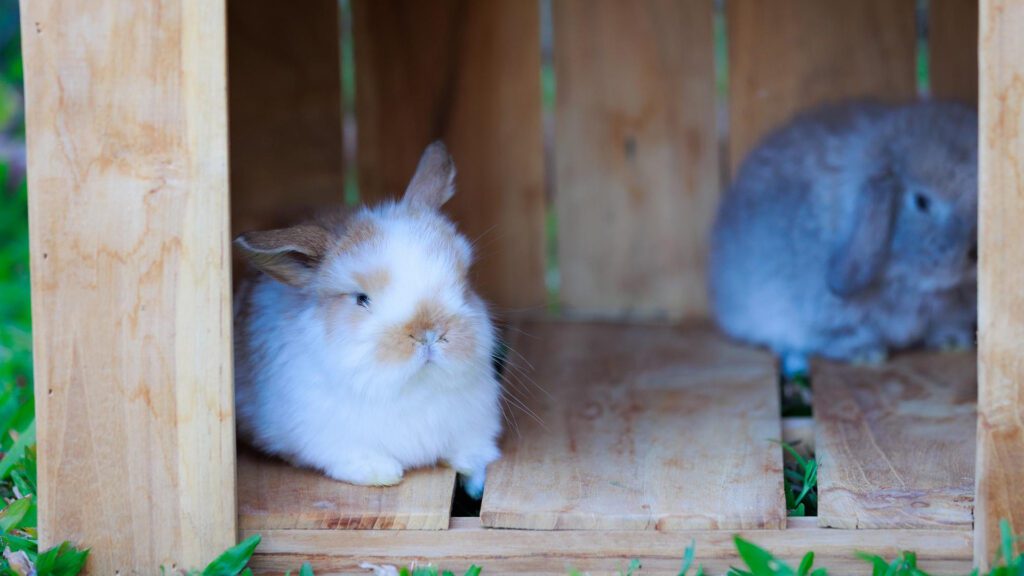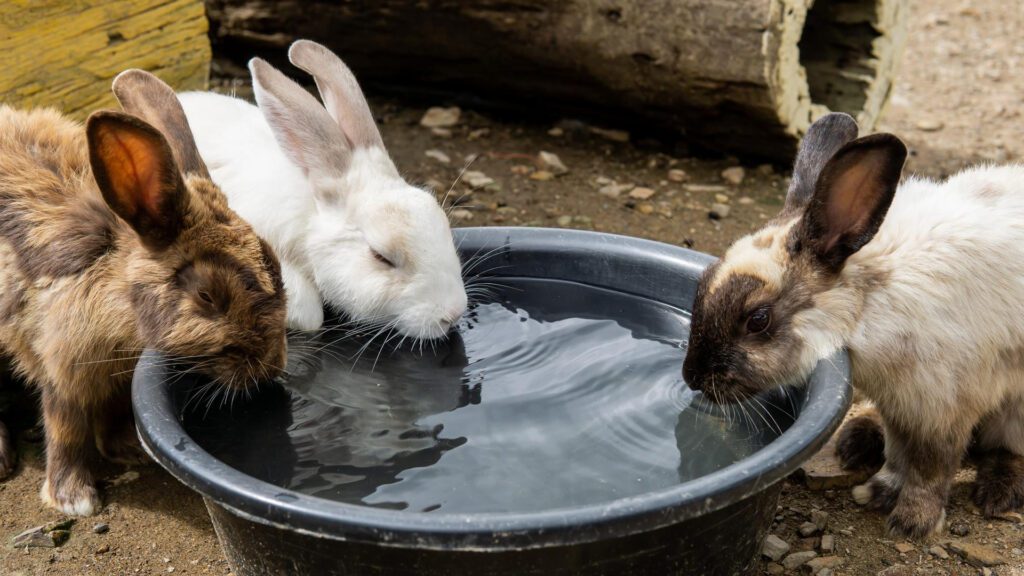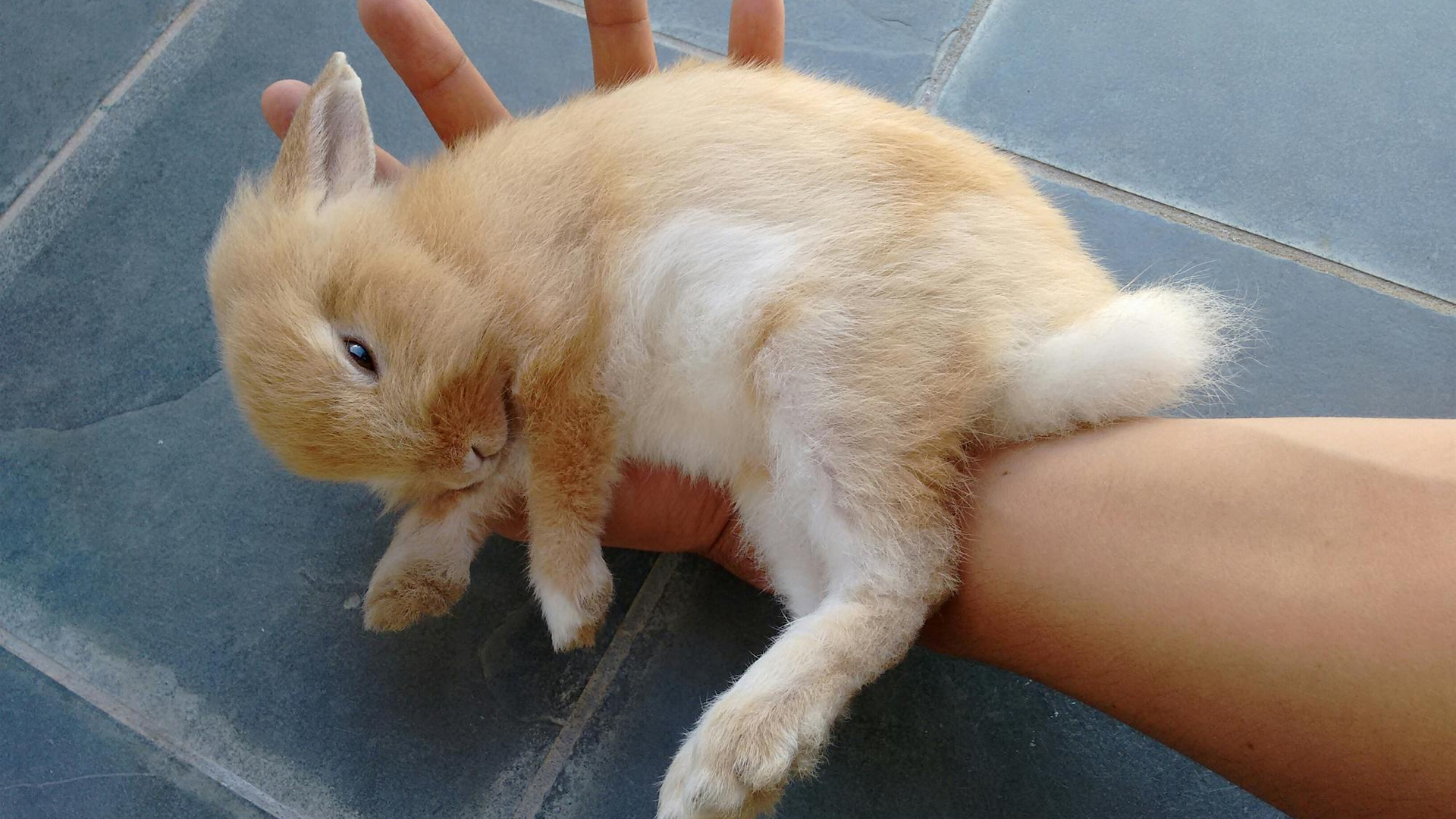Are you concerned that the brutal heat will cause your rabbit to suffer from heatstroke? But can they even catch one?
Of course, they can catch heatstroke, which has other serious consequences. Continue reading to understand it better and learn possible preventions.
Understanding Heatstrokes
Heatstroke is an extremely dangerous condition that can develop if your rabbit’s body temperature gets above 40.5°C/104.9°F.
It can cause seizures, organ damage, internal bleeding, unconsciousness, and even death.
Can Bunnies Overheat?

Rabbits are at high risk of heatstroke because they have dense fur, don’t pant or sweat, and therefore, have limited ways to lose heat. This is mostly witnessed during the summer months, when the temperature is higher in their natural habitat.
Wild rabbits tend to seek plenty of shade and burrow themselves. However, domesticated house rabbits may not have the same instincts to move away from direct sunlight. They might need assistance to keep cool (especially the long-haired rabbits).
It’s important to provide access to cool areas indoors and check your rabbit carefully at least twice a day.
Possible Causes Of Heatstrokes In Rabbits
Here are some common causes of heatstroke in rabbits, especially on hot days:
High ambient temperature
Humidity
Lack of water
Absence of a well-ventilated shelter
Direct sunlight exposure
Signs Of Heatstroke In Rabbits
Here are some common signs and symptoms of heatstroke in rabbits:
Elevated body temperature
Panting or rapid breathing
Lethargy
Excessive thirst
Drooling or salivation
Redness around the nose
Seizures or tremors
Decreased appetite
Consequences of Rabbits Overheating
When a rabbit’s body temperature rises significantly, it can lead to several serious health issues. Some of these include:
Cardiovascular issues
Organ damage
Gastrointestinal stasis (a condition where the digestive system slows down)
Respiratory issues
- Risk of Fly strike
Preventing Heatstrokes & Keeping Your Rabbit Cool
To help to keep your rabbit cool, it’s essential to provide plenty of fresh cold water, ice cubes, and ensure your rabbits have a shaded enclosure.
If it’s not possible to keep them indoors, consider placing a bottle of water in the freezer and then submerge it in their space to create a cool surface.
What to Do When You Suspect Your Rabbit Is Overheating

If your rabbit is showing symptoms of overheating, it’s really important to move it to a cooler area. to a cooler area immediately. This could be a room with air conditioning or an area with windows to allow good ventilation.
Next, ensure your bunny has access to plenty of fresh, cool water. Dehydration can happen fast and can be very serious, so check their water bottle or dish to make sure it’s full; a lack of water can lead to serious conditions.
Another helpful tip is to place a damp towel in the enclosure to help cool your rabbit. Otherwise, gently dampen your rabbit’s ears with cool water to help it stay cool.
Getting Help From A Vet
A vet can bring their temperature down in a safe way. Vets have special techniques and equipment to treat heat distress without causing additional stress or harm to your pet.
Recovery from heat distress or illness can take time, and sometimes you need to make sure your rabbits stays under veterinary supervision. This could mean a few days at the vet’s office where they can receive round-the-clock care.


